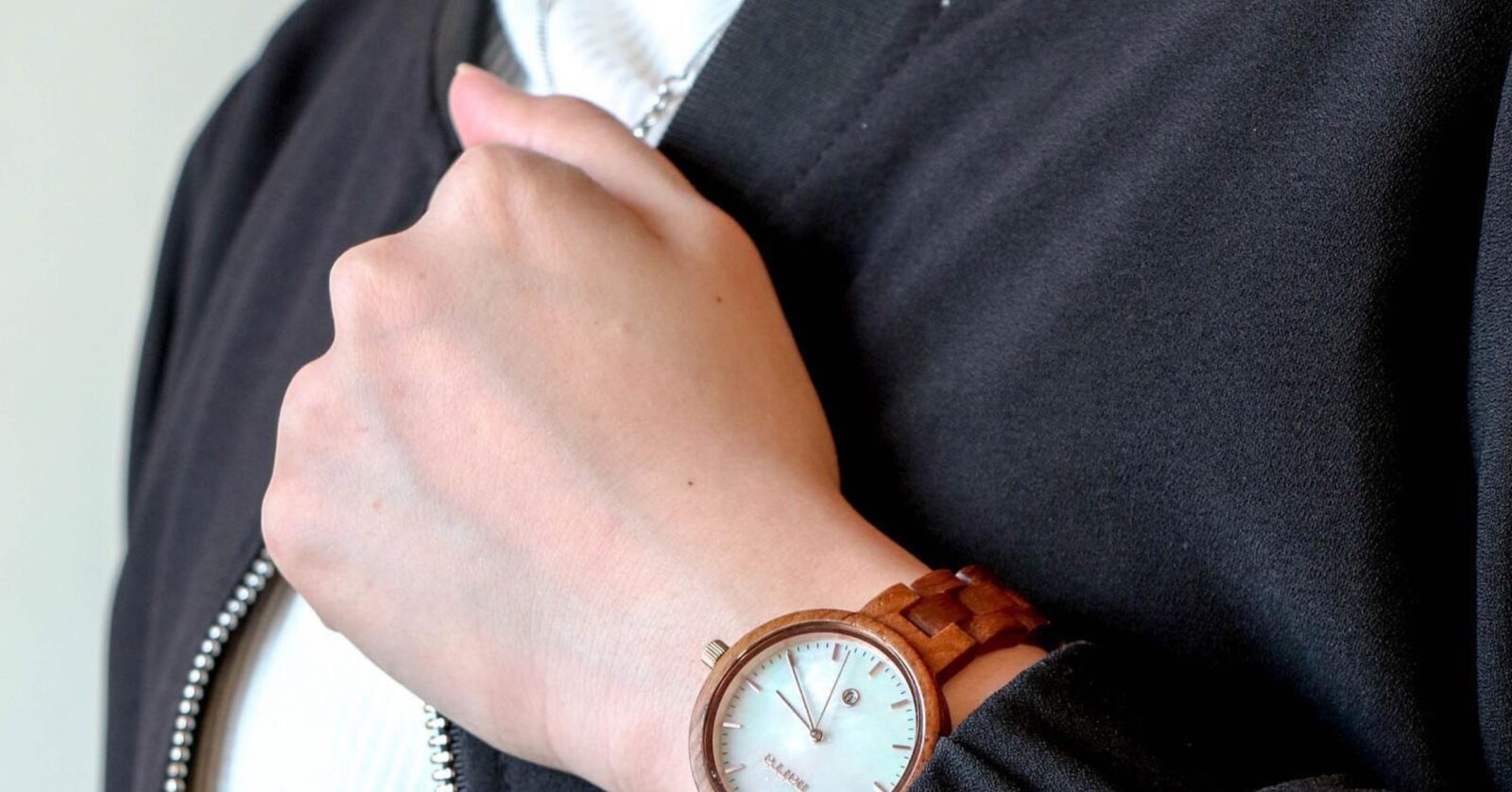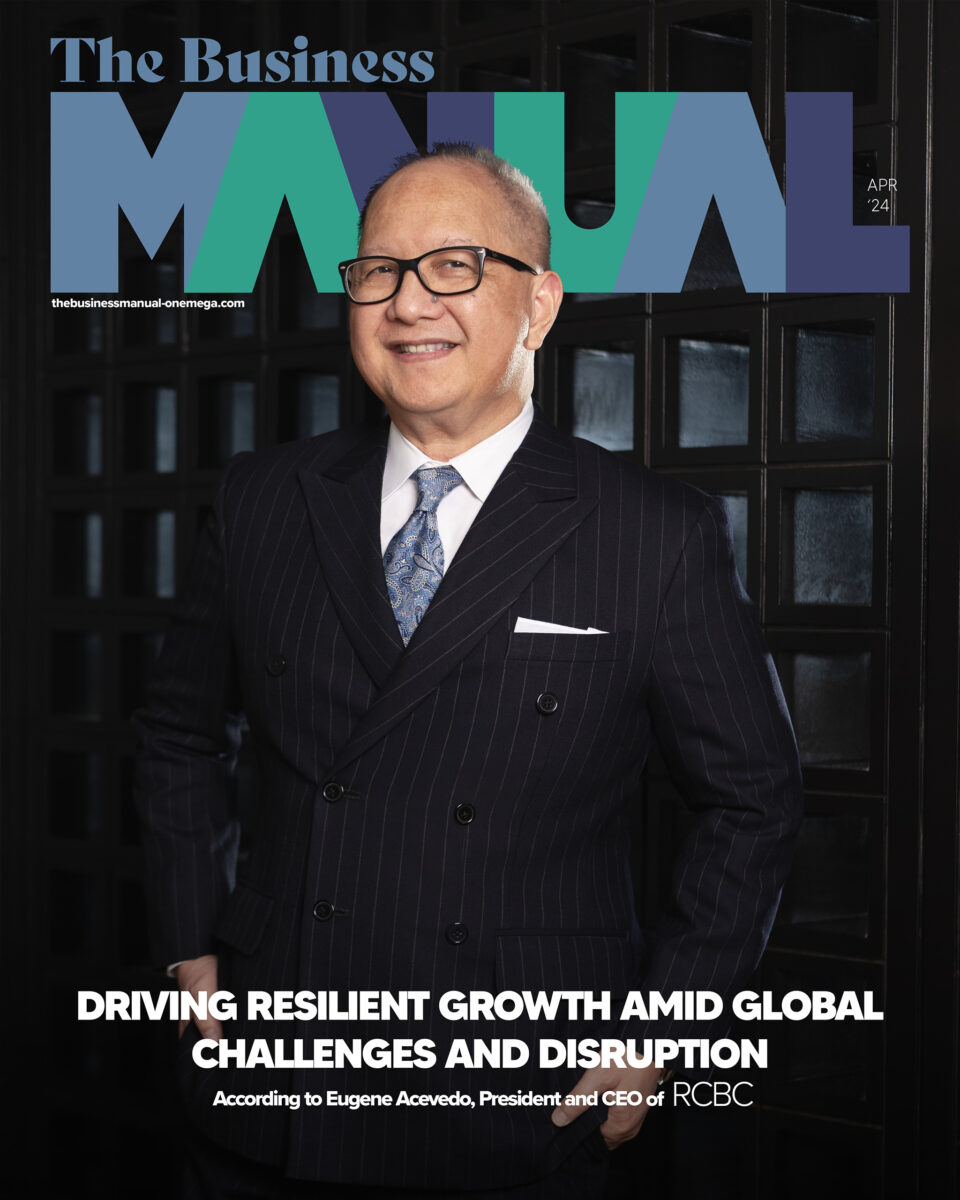[Ask TBM] What are the Benefits of Starting a New Business as a Side Hustle?

We asked Kelvin Yu, the owner of Narra Wooden Watches, about the benefits of starting a business as a side hustle versus pursuing it full-time.
With the revenue in the e-commerce market projected to reach 18.16 billion USD (approximately PHP 1.003 trillion) this year, it is no surprise that many aspiring entrepreneurs have considered starting their own businesses. And if you add the popularity of e-commerce platforms, social media, and instant delivery services, the idea of starting a business has become more and more appealing.
However, starting a new business is easier said than done—especially for full-time employees and students. After all, giving up a full-time job or time that can be allocated for studies is a huge risk, and the payoff is uncertain too, as it will all depend on the success of the business itself. This can cause some to hesitate and put off starting a business.
But did you know that you can balance both a new business and your full-time job or studies? For those who aren’t sure how, we asked Kelvin Yu, the owner of Narra Wooden Watches, for his input, tips, and advice as an owner of a business that currently serves as his side hustle.
Why did you decide to start a business as a side hustle instead of a full-time business venture?
In 2018, I was in my penultimate year in a business course [at] UP Diliman, when a lot of my graduating friends were eagerly applying for jobs. That made me think about my upcoming career after graduation. After spending some time reflecting, I realized that I wanted to eventually run my own small and medium-sized enterprise (SME) in five to ten years.
That desire pushed me to explore building a business venture as a passion project [when I was] a college student. However, I still wanted the opportunity to explore different career paths and learn from others by taking up a full-time job, so I settled with a vision to make a business that could be run as a side hustle in the next few years.
What’s the biggest investment that you had to make for your business despite it being a side hustle?
Time. I was still a student when I conceptualized and launched the business, and I had to learn how to juggle academics—with the learning curve of running an online business. I would spend weeknights sleeping late, watching videos on YouTube, researching things about digital marketing, e-commerce, and graphic design, and [spending] some weekends trying out product photography.
I could have definitely outsourced those to others, but part of me really wanted to experience and learn how to do these things—[and] to also save on money.
How difficult has it been to balance your studies and eventually your full-time job with running a business?
I purposely decided to build Narra as a solopreneur—instead of getting a partner—because I wanted to experience for myself what it was like to run a small business [and] handle all functions. This came with the very obvious struggle of time management and a sharp learning curve!
Big sale days like 11.11 and 12.12 have me staying up late at night preparing orders while having to also attend to problems at work. It does get overwhelming at times. Luckily, since I don’t have investors or partners, I’m only accountable to myself in this journey, and I can remind myself to take it slow [and] take breaks at times, so I don’t burnout.
What concrete tips and advice can you give to full-time students and employees who are planning to start a side hustle?
First, have a plan. Think about what you want your business to become and what milestones you want to achieve. I knew that Narra was going to be my side hustle initially while I studied and looked for a full-time job. I never considered dropping out or doing this full-time after graduation. I knew what I was getting into.
Second, be realistic. Be realistic [with] the amount of time and energy you can commit to your side hustle. Consider your other responsibilities. Consider getting extra help through a partner, an employee, or freelancer if you know you can’t handle certain parts of the business.
Lastly, approach it with a growth mindset. Be humble and acknowledge that you won’t get everything right the first time, or even the second time. Focus on what you can learn from setbacks and failures. Be flexible, adapt, and believe in yourself. Reach out to others with a hunger for learning and improvement.
Kelvin Yu is the founder of the sustainable wooden watch brand Narra Wooden Watches. Established in 2018, it is a proudly Pinoy-made and designed brand that uses Narra wood for its products, as it represents durability, quality, sophistication, and a uniquely Filipino spirit—all while being stylish and sustainable, even for fashion.
But more than that, the business is built on a sustainable business model, since proceeds from its sales are donated to One Tree Planted. This nonprofit organization helps connect people with tree-planting organizations across the globe.




